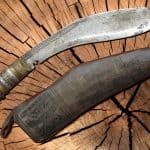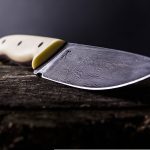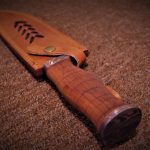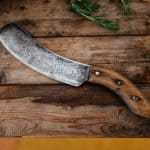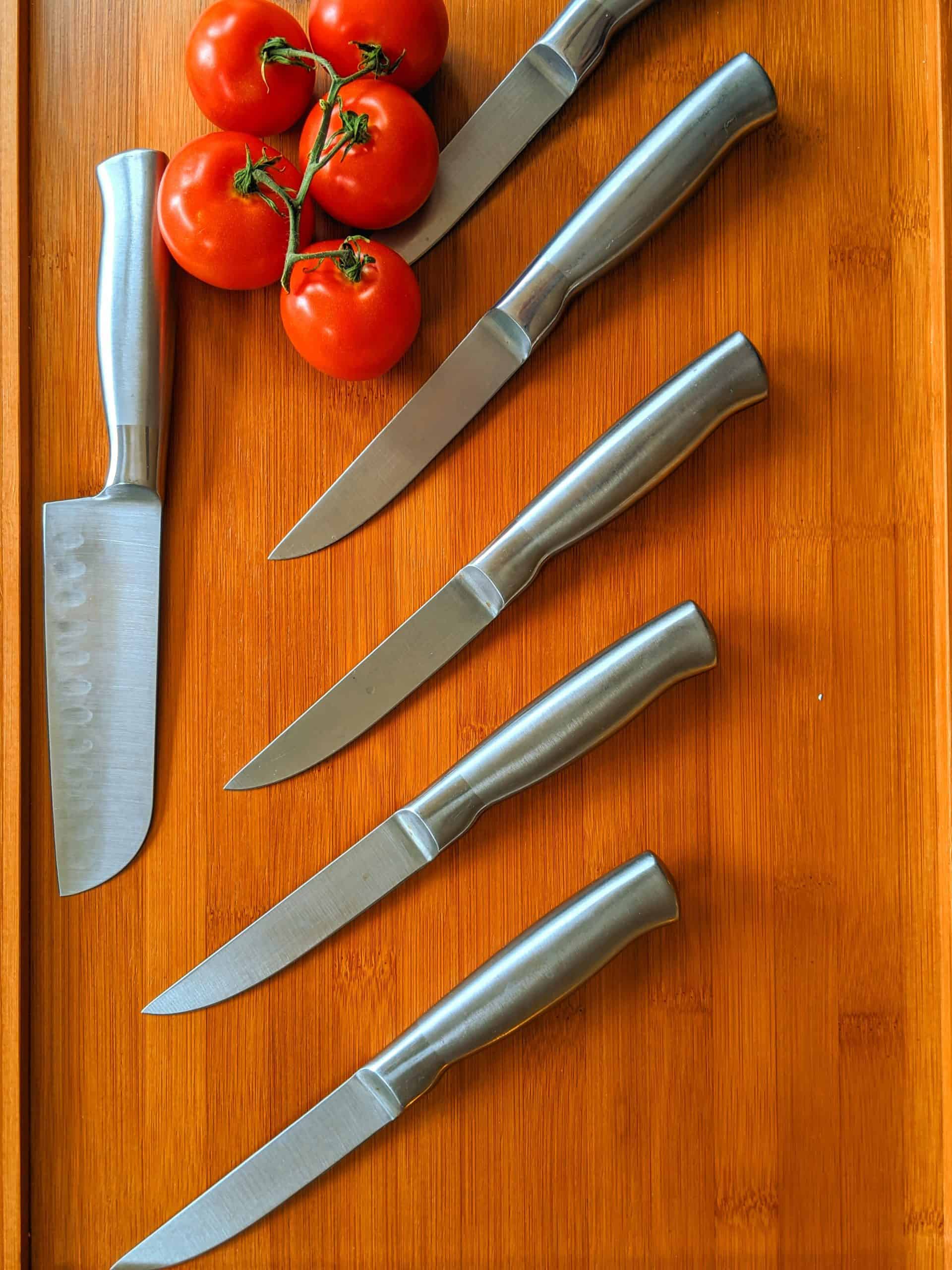
Introduction
An oil stone is a block of hard stone that is used for sharpening tools and blades, primarily knives. The use of an oil stone for sharpening has been around for centuries and is still very popular today. Benefits of using an oilstone to sharpen knives include the ability to hone a blade’s edge precisely, excellent control over the process, and the capability to put a superior finish on the edges of cutting tools.
When using an oil stone knife sharpener, it’s important to find the right combination of oil and grit to make sure the edges are honed correctly. Grit refers to the degree of coarseness of a material, usually expressed in numbers ranging from 200 (very coarse) up to 8000 (very fine). Different grades can be mixed together to create scales that successfully sharpen various types of blades while also keeping their durability intact. Oil is applied directly onto the surface of the stone as lubrication when its being used so that it grinds more smoothly on metal surfaces without creating any unwanted chips or burrs. Blade maintenance must also be done regularly after using an oilstone: by thoroughly cleaning off all honing residue with either warm soapy water or steel wool pads then applying 2-3 drops of mineral oil back onto its surface afterwards.
Types of Oil Stones Available and Their Corresponding Benefits
Oil stones are available in several varieties, each offering its own unique benefit. There are waterstones, India stones, and Arkansas stones.
Waterstones, which range from light grey to dark blue in color, are composed of aluminum oxide and ceramic. They can be placed in a bowl of water before use in order to create a slurry, an abrasive mixture. Waterstones remain slippery during use, which helps to prevent chipping and give a cleaner edge on the blade.
India stones are composed of coarse-crystalline silica alumina and are usually brownish or yellowish-gray in color. They have grit ranges from 180 grit to 1200 grit which is suitable for sharpening blades ranging from extremely dull to razor sharp. The coarser grits are generally better for reshaping blades while the finer grits can help touch up already sharp edges.
Arkansas stones come in either soft or hard variations with both having different uses. Soft Arkansas stones range from white to gray with high oil content and can hone soft steel knives without causing scratching or any other damage. Hard Arkansas stones, also known as black Arkansas stone, are made from novaculite that contains quartz; they produce a very fine edge on all types of metal blades although they do tend to wear more quickly than other types of stone sharpeners such as waterstones or India stones.
Detailed Explanation and Visuals of the Sharpening Process
Using an oil stone knife sharpener is a great way to keep your knives in top shape, and the process can be surprisingly simple. First, you must select the right type of oilstone for your knife; this could be an Arkansas stone, hard or soft India stone, natural Novaculite stone or diamond-coated stone. Once you have selected the appropriate grit size for the blade’s edge, begin by prepping your work surface. Be sure it is flat and even and clean from debris.
To start, place your knife’s blade on the oilstone and hold it at a 10 to 15-degree angle with the handle of the knife. Start at one end of the stone and use back and forth strokes. While moving from one side of the stone to another, you should use different angles which will ensure even sharpening on both sides of the blade’s cutting edge. After each stroke, rinse off any particles created by abrasive action before continuing — make sure to not dry off; instead dip it back in oil again as needed during sharpening.
Once enough material has been removed from both sides of the blade edges, transition to smaller grit-sized stone (such as 1000-, 3000-, 6000-, or 8000-grit stones) to finish honing by running in same diagonal stroke pattern while using light pressure down on blade being honed until it has achieved a desired edge level — repeat until desired sharpness is achieved.
Finally after desired sharpness has been met, strop your knife against leather cord or paddle strop with finer compound loaded into it so any remaining burrs left over after full sharpening process can be more easily cleaned away — creating mirror-like finish that will make simply cut through anything you prepare!
Tips for Successfully Sharpening Knives with an Oil Stone
1. Start by coating the oil stone surface with a generous amount of lubricant, such as honing oil or mineral oil. This will reduce friction and allow the blade to be sharpened more effectively and efficiently.
2. With the knife blade facing away from you, position it at a low angle and press firmly down against the stone’s surface. Push away from yourself in one continuous and even motion.
3. Slowly raise the angle of the knife slightly until you reach roughly a 15 degree bevel before continuing to draw it along the full width of the stone.
4. Reduce applied pressure and repeat this drawing motion until you’ve gone over each side of the blade 3-5 times respectively.
5. Wipe off any debris using a clean cloth after every two or three sharpenings, then re-coat your stone in lubricant before continuing sharpening process on both sides of the blade for an even finish
6. Finish up by wiping off excess lubricant that still may linger around the blades edge – this will help to ensure that your newly sharpened blade stays sharper for longer!
How to Maintain and Extend the Life of an Oil Stone
1. Make sure the oil stone is securely anchored in a holster or other holder during use to prevent it from slipping or becoming misaligned.
2. After each use, clean the working surface of the oil stone with water and dry it with a dry cloth to remove any residue left by the knife’s steel components.
3. Allow oil stones to completely dry before storing them away in a protective carrying case or wooden box, as moisture can cause rusting and corrosion and damage the sharpening stone.
4. Re-oil your oil stone on a regular basis using high quality honing oil or mineral oil specifically designed for sharpening tools, as this will help protect the stone and make it last longer while allowing it to perform better.
5. Have your oil stones professionally serviced regularly, at least once every two years, to assess their condition and reform the abrasive surface of the stone if necessary for smoother performance.
6. When not being used for long periods of time store your stones in an area that is cool and dry so that they won’t become damaged from heat or humidity
Conclusion
Using an oil stone knife sharpener brings many benefits. First of all, it is an inexpensive and easy way to sharpen knives that are made from harder steel. The stones, which come in varying shapes and sizes, require little more than a few drops of oil and can be used to quickly sharpen a blade for everyday use. Furthermore, sharpening knives with the use of an oil stone has the added benefit of preserving their edge much longer than regular sharpening methods. Overall, oil stone knife sharpeners are ideal for anyone who is looking to restore or maintain their kitchen knives without needing to spend a significant amount of time or money on a professional sharpening service.








